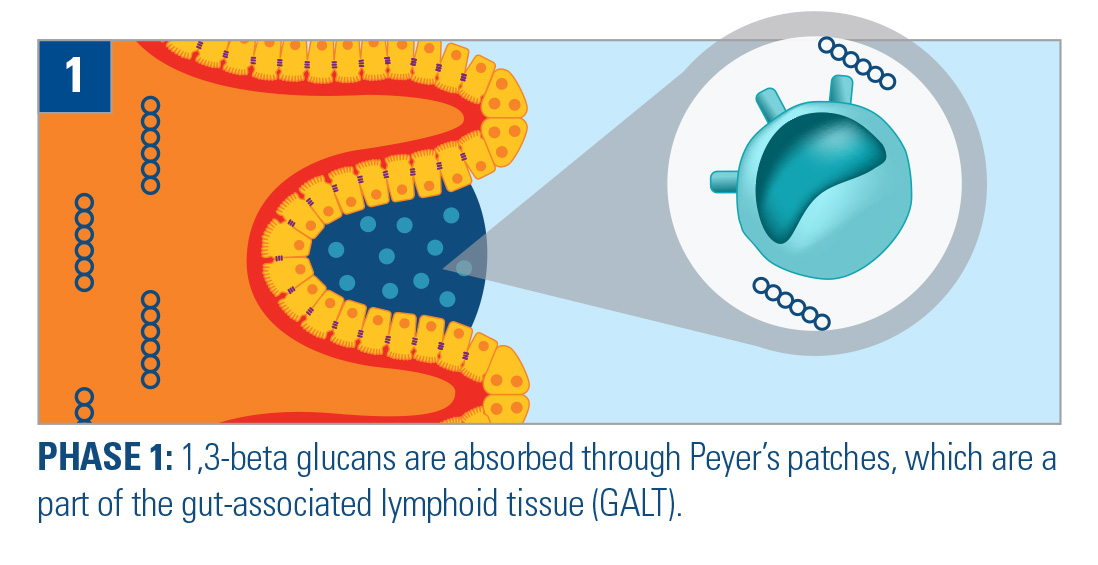
You are viewing United States
- United States
- Canada
- Mexico
- South America
- EMENA
- Sub-Saharan Africa
- Russia
- South Asia
- Asia Pacific
- China
A global presence, with local expertise. Visit our regional sites:
- United States
- Canada
- Mexico
Popular Searches
Aleta™
A Source of 1,3-Beta Glucans
Aleta™ is highly bioavailable, offering a concentration greater than 50% of 1,3-beta glucans. Aleta provides a consistent response in situations of disease and stress — especially those typically addressed with antibiotics.
Features and Benefits
- Highly concentrated and bioavailable
- Beta glucans may enhance host protective immunity
- Helps animals maintain performance through challenges
Beta Glucans
Beta glucans are a well-researched class of molecules found in nature. Typically, beta glucans are major cell wall structural components in yeast and some bacteria. Although their primary role is to alert the animal’s immune system to fungal pathogens through cell surface receptors, beta glucans have been used more readily in both human and livestock as a way to enhance host protective immunity (mucosal and systemic immunity). In livestock and poultry, the enhancement of host protection can be beneficial when animals are exposed to stressful conditions and diseases. Enhancing protective immunity during a time when young animals are developing their immune system can be beneficial to producers, especially when the animals are very susceptible to diseases early on in life. Minimizing the impact of disease challenges early on in an animal’s life can have an effect on their ability to gain weight faster, convert feed more efficiently and may be less likely to spread disease.
Aleta Mode of Action
The mode of action of Aleta at the molecular level is to activate immune cells and increase their ability to fight off disease. After ingestion, the 1,3-beta glucans reach the small intestine where they are absorbed through Peyer's patches, which are part of the gut-associated lymphoid tissue (GALT). Macrophages and other immune cells (e.g. dendritic cells and T cells) recognize 1,3-beta glucans through a variety of cell surface receptors, such as dectin-1, complement receptor 3 (CR3), and toll-like receptors (TLR). Gastrointestinal macrophages engulf the 1,3-beta glucans and transport them throughout the body to secondary lymphoid sites (e.g., lymph nodes, spleen, bone marrow, etc.), while simultaneously releasing fragments of 1,3-beta glucans by macrophages also triggers the release of signaling molecules such as cytokines. These signaling molecules can activate other immune cells and promote their recruitment to the infected site. Activated macrophages and immune cells effectively target and destroy foreign cells and disease-causing organisms.

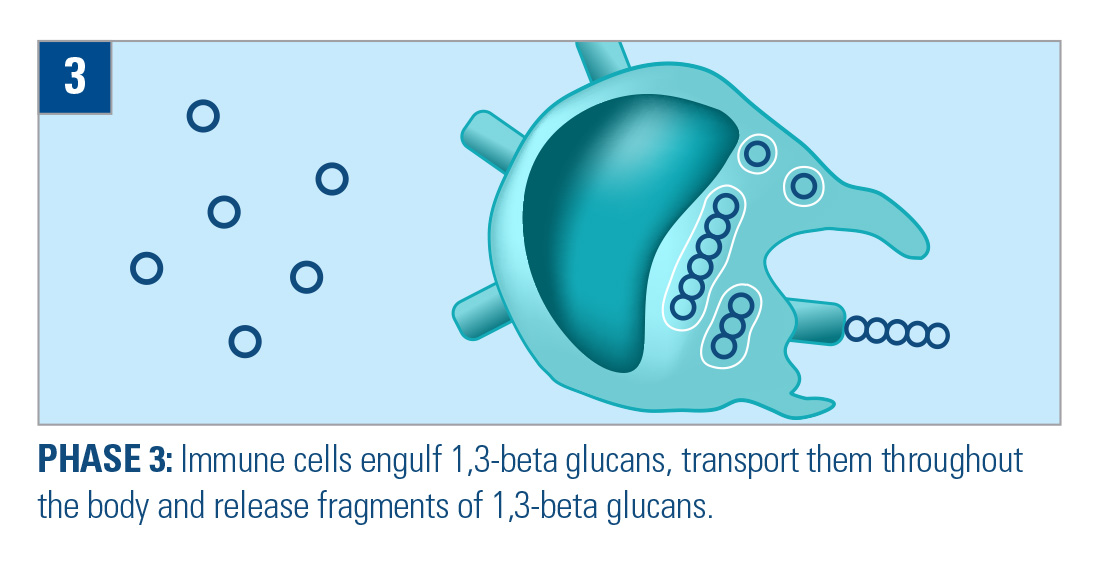
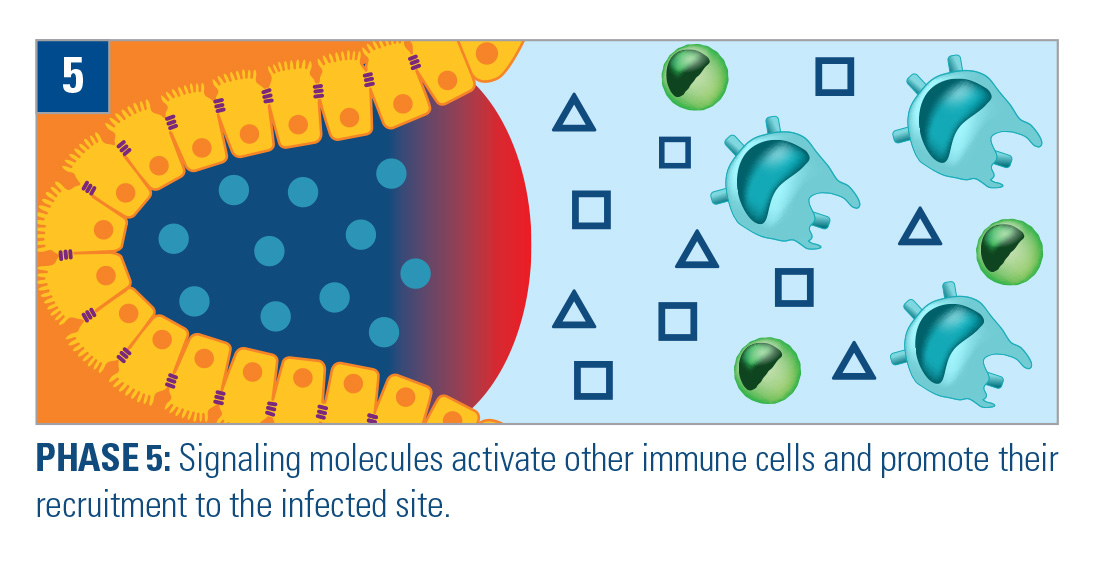
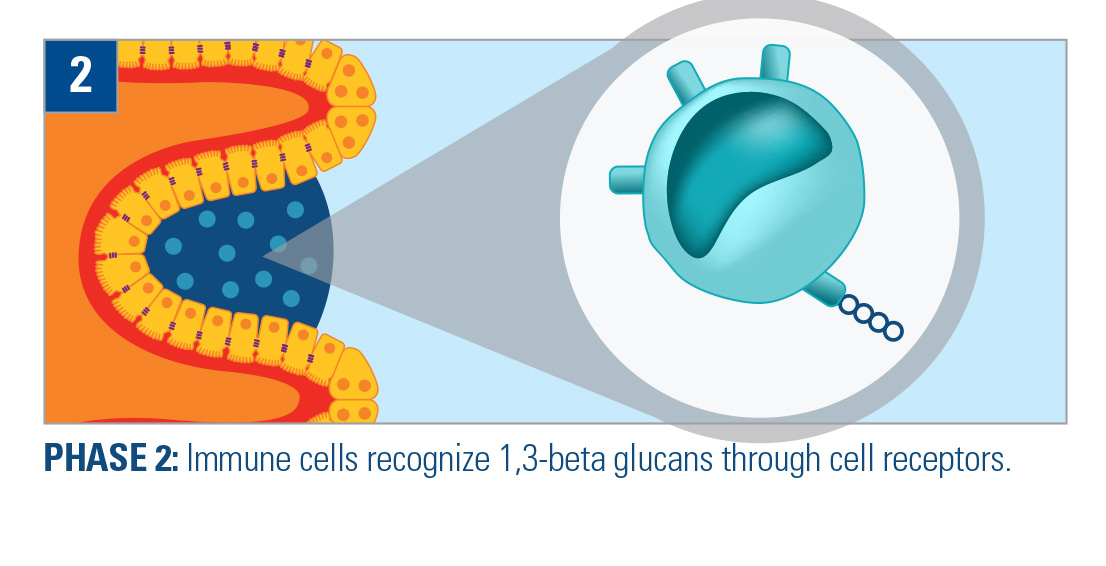
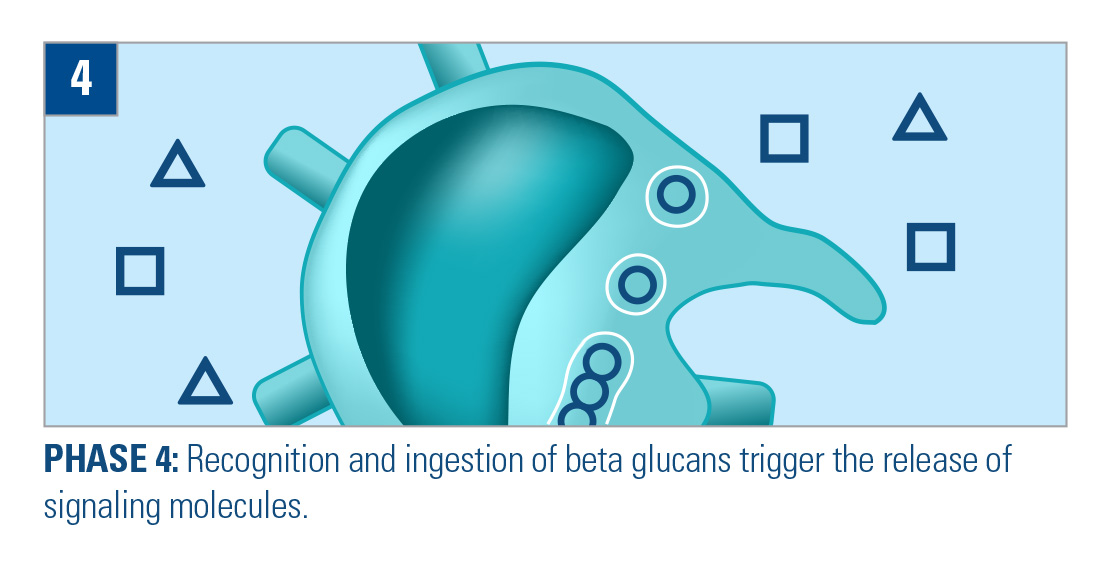
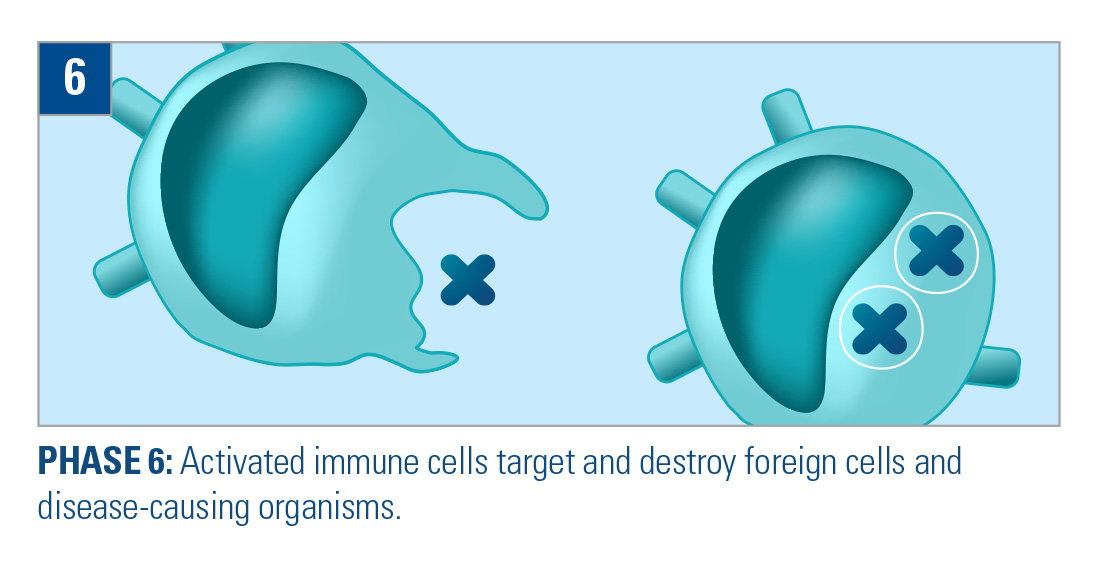
Product Specifications
Resources
For more information on Aleta and how it can help your operation, download the brochure below.

Have a Question?
If you have a question about our products or services, or just want more information, fill out the form below and someone on our team will be in contact with you.
Products
Careers
Careers
- California Residents
- California Supply Chain Act
- Email Disclaimer
- GDPR Personal Data Addendum
- General Terms & Conditions for Vendors
- Global Environmental Policy Statement
- Indirect Cost Estimates
- Kemin Terms & Conditions
- Modern Slavery Act Transparency Statement
- Privacy Policy
- Sitemap
© Kemin Industries, Inc. and its group of companies All rights reserved. ® ™ Trademarks of Kemin Industries, Inc., USA
Certain statements may not be applicable in all geographical regions. Product labeling and associated claims may differ based upon government requirements.
You are viewing United States
- United States
- Canada
- Mexico
- South America
- EMENA
- Sub-Saharan Africa
- Russia
- South Asia
- Asia Pacific
- China
A global presence, with local expertise. Visit our regional sites:
- United States
- Canada
- Mexico
Privacy Policy
By browsing this site you permit us and our partners to place identification cookies on your browser and agree to our use of cookies for marketing. Review our cookies policy for details.

